Top Trends from the 2025 CGA Conference & Expo
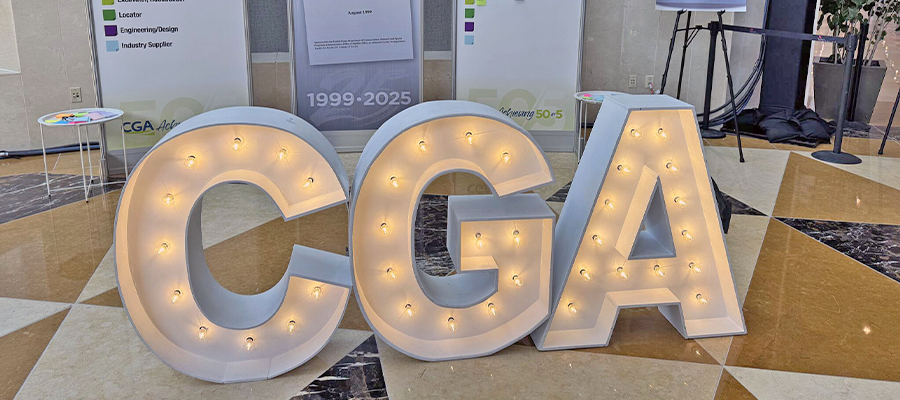
Top Trends from the 2025 CGA Conference & Expo
By Sam Hickey, Content Specialist, ACRT Services
The 2025 CGA Conference & Expo brought together hundreds of stakeholders from across the country — utilities, contractors, 811 centers, technology providers, and field service organizations — to address one shared mission: reducing damages to underground infrastructure. With the CGA’s “50 in 5” challenge as a backdrop, this year’s conference centered on data-driven innovation, cultural transformation, and strategic collaboration.
Here are our top takeaways after attending this year’s event:
-
Culture is King: From Compliance to Connection
A recurring theme this year was that technical compliance alone isn’t enough. Sessions led by thought leaders like Dr. Victoria Grady of George Mason University emphasized the importance of safety psychology, behavioral bias, and habit disruption. Concepts like “change blindness” and the “first-day mentality” were introduced to combat complacency and build more responsive, safety-first teams — on and off the field.
-
AI is Accelerating Risk Reduction
AI is no longer a future concept; it’s rapidly becoming a frontline tool in damage prevention. Presenters like AI Integration Strategist Heidi Cramer showcased how AI is being used to:
- Predict dig risks by analyzing 811 ticket and locate history
- Improve underground utility detection using advanced imaging
- Power project scheduling and automate field progress tracking
Real-world examples from companies like National Grid and Urbint demonstrated substantial reductions in excavation damages when AI tools were deployed.
-
Training is Going Digital and Modular
CGA launched a public, on-demand online training platform through Coursettra, designed to meet excavators and field teams where they are. Phase I includes 11 short modules, with Phase II (coming soon) set to expand into deeper topics like mismarking, escalation protocols, and emergency procedures.
A big opportunity discussed? Getting seasoned equipment operators engaged with digital content and finding ways to integrate these modules into internal learning management systems for broader adoption.
-
NYSEG/RG&E and Bermex Focus on Field-Level Education and Collaboration
Among the many case studies shared at CGA 2025, one presentation stood out for its emphasis on practical, field-driven strategies. Jason Marsh of NYSEG/RG&E showcased how a back-to-basics approach — centered on communication, education, and collaboration — can significantly reduce utility damage incidents.
Key highlights included:
- The introduction of damage prevention vehicle (DPV) drivers used to provide real-time coaching and onsite education.
- Deployment of field trainers to conduct proactive audits and support excavators with situational awareness and tolerance zone knowledge.
- Reported outcomes included a 23% overall damage reduction and a 39% decrease in fiber-related incidents over a two-year period.
The session also emphasized the role of strong partnerships in sustaining these outcomes. Through collaboration with third-party field service providers, like Bermex, the initiative demonstrated how targeted communication, hands-on support, and data-driven feedback loops can contribute to long-term damage prevention success.
-
Enforcement Innovation at the Local Level
Cities like Colorado Springs and Chicago showcased how local enforcement programs, backed by municipal codes and community outreach, are addressing gaps in state-level oversight. These programs combine education-first principles with firm penalties for repeat violators. Metrics shared included:
- A 23% drop in excavator-at-fault damages (Colorado Springs)
- Increased compliance with positive response and ticket validity standards
-
Targeted Outreach is Getting Smarter
From geofencing campaigns aimed at frequent offenders to influencer engagement (e.g., landscapers, DIYers, Spanish-speaking audiences), the marketing sessions emphasized precision and repetition. Key takeaways:
- There are advantages to aligning damage prevention with corporate communications
- Employee-generated content offers low-cost, high-return outreach options
- Campaigns featuring dogs and babies perform exceptionally well
Out-of-home campaigns and programmatic digital ads (e.g., in-store screens, weather-triggered messaging) were also highlighted for their effectiveness in localized safety pushes.
-
Collaborative Innovation is Driving Results
Pilot programs stood out as powerful tools for cross-sector wins. Examples included:
- Self-locating excavator pilots in Georgia (53% fewer damages)
- Private utility locate sharing in Texas (91% reduction in conflicts)
- National Equipment Task Team engagement from brands like Sunbelt and Lowe’s
In each case, collaboration, not competition, proved to be the catalyst for real change.
From Insight to Action
The 2025 CGA Conference made it clear — this industry is evolving. We’re moving from static systems to smart networks, from compliance checklists to safety cultures, and from broad messaging to targeted engagement. Organizations that embrace this shift, by investing in training, technology, and communication, will not only reduce damages but also lead the charge in redefining how underground infrastructure is protected.
As we reflect on what we learned, the next step is clear: translating these insights into strategy. Whether through pilots, partnerships, or process changes, there is momentum behind damage prevention — and it’s up to all of us to build on it.
This article was originally published by T&D World in May 2025.
Related Articles
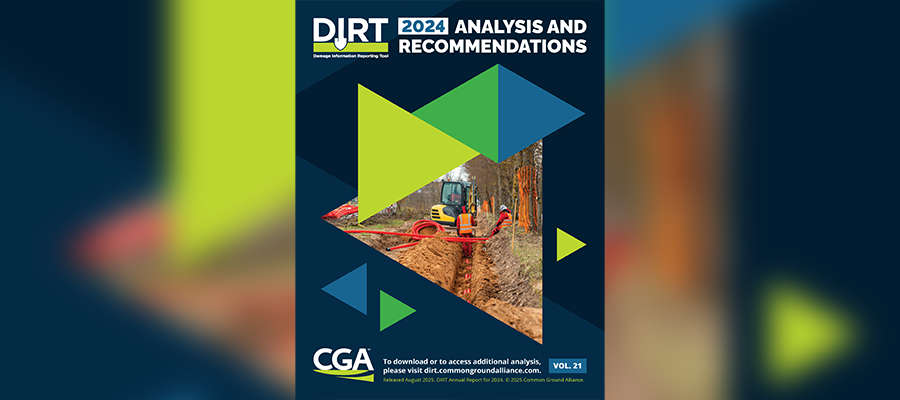
By Tommy Combs, President, Bermex In the latest edition of the DIRT Report, the Common Ground Alliance (CGA) reveals that despite decades of progress in underground infrastructure damage prevention, the industry remains at a critical turning point. The 2024 data show a concerning plateau, and in some cases a reversal, in the trend of reducing[...]
Read More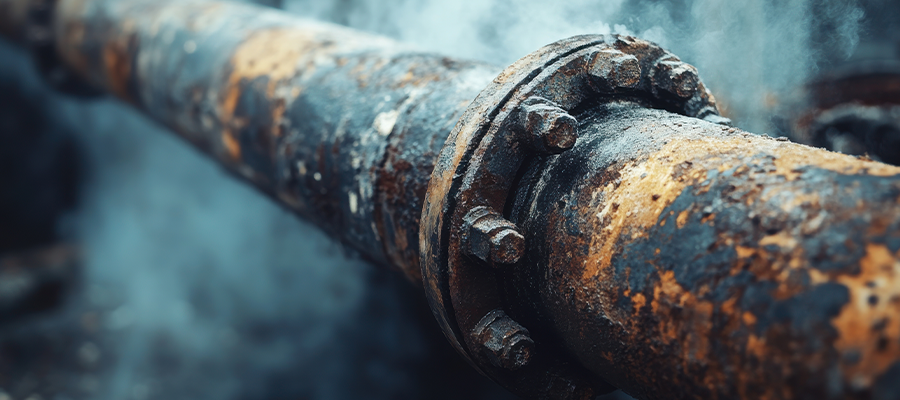
By Mark Green, Business Development Manager, Bermex Environmental responsibility and resource conservation are more than good PR; they have become critical, bottom-line imperatives. Utility companies find themselves at the forefront of a sustainability battle that extends far beyond their traditional operational boundaries. At the heart of this challenge lies a deceptively simple yet profound issue:[...]
Read More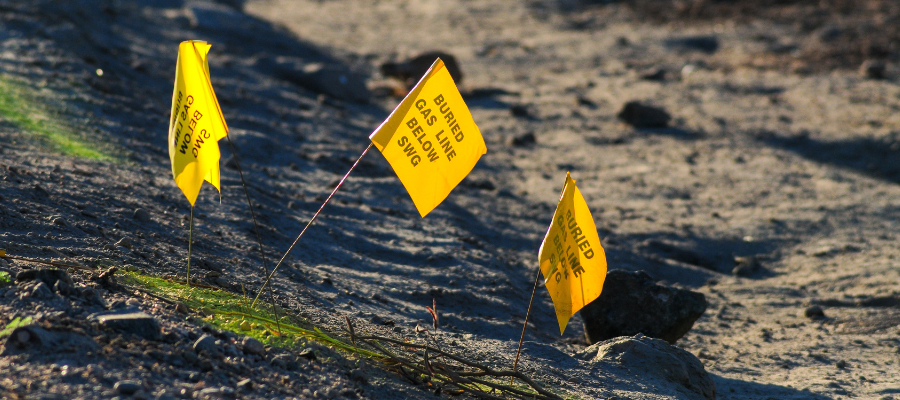
By Thomas Gooch, Director of Operations, Bermex Every few minutes across the United States, someone digging into the ground accidentally strikes an underground utility line. The consequences of these incidents extend far beyond the immediate damage to pipes, cables, or equipment. Utility strikes represent an extremely expensive and dangerous infrastructure challenge. The Financial Impact According[...]
Read More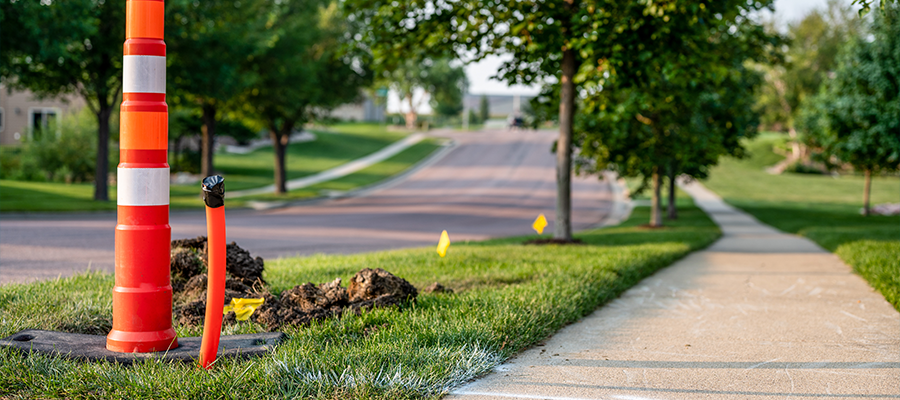
By David Mack, Senior Business Development Manager, Bermex When it comes to preventing utility damages, most organizations focus on technology, training, and regulations. But at the 2025 CGA Conference & Expo, a powerful theme emerged from multiple speakers, including Dr. Victoria Grady of George Mason University: culture, not compliance, is the foundation of lasting safety[...]
Read MoreCategories
Recent Posts
- Diffusing a Difficult Customer [Infographic] 10th Sep 2018
- Neighborhood Safety [Infographic] 24th Sep 2018
- Bermex Has Named Keith Pancake as New Safety Manager 02th Dec 2019